Last year, Playtonic Games announced it would be releasing an enhanced version of its 2017 3D platformer Yooka-Laylee, now retitled with the punny name: Yooka-Replaylee. The rest of the industry should be taking notice of this.
No, not on the punny name part.
Yooka-Laylee isn’t that old. As much as Sony and Microsoft would like to sell you new boxes, 2017 games basically play the same as 2025 games. So why release this new and improved version rather than, say, a sequel or a follow-up to its 2.5D spin-off, Yooka-Laylee and the Impossible Lair?
Well, given that it’s been more than five years since Impossible Lair launched, I’d bet something entirely new is in the works, too.
From Seven To Heaven
The basic answer is that, well, Yooka-Laylee didn’t get great reviews when it launched. It sports a 68 on Metacritic, and a 72 on OpenCritic, and the biggest outlets like IGN, GameSpot, and Polygon all gave it middling reviews. There was some glowing praise and some outright negative takes. Most reviews, though, concluded that the game had a lot going for it, but was held back by slavish faithfulness to the N64-era games that inspired it, down to its collectathon nature and sloppy camera controls.
The thing is: those are easy problems to fix. Well, not easy. But improving Yooka-Laylee for the new version won’t require a complete reworking of the game’s core identity. It’s all stuff that can be tweaked.
Case in point: One of Yooka-Replaylee’s big selling points is the addition of… a map.
This isn’t the first game that has taken this approach. Back in 2020, Bloober Team released a reworked version of its flawed cyberpunk horror game, Observer (now subtitled System Redux) that improved the graphics for next-gen systems and cut out some of the cruft that slowed the game down in its second half.
There were bad stealth sections, seemingly endless dream sequences, and the game generally lost touch with the more tangible futuristic setting that made it special. The reworked version streamlines the second half and expands the first, so you get more time poking around in its awesome decrepit tenement building, and less time trying to avoid an invincible monster in a cyber-void. It was a great change that made a game I liked with caveats much easier to love.
Bloober Team attempted the same move, with less success, with Layers of Fear (2023) which collected remade versions of Layers of Fear (2016) and Layers of Fear 2.
Rediscoveries Over Remakes
But Yooka-Laylee and Observer — the sevens out of ten that had unrealized potential to be classics — are rarely the games selected for remakes. Instead, we tend to get remakes of canonical classics. I’m talking about Final Fantasy 7, The Last of Us, Resident Evil 2 and 4, Shadow of the Colossus, Dead Space, Tony Hawk’s Pro Skater 1 and 2, Silent Hill 2, and Pokemon Gold and Silver. Those games were all considered great upon release, so remakes were safe financial bets for their publishers. There’s an existing demand for those games that just needed to be capitalized on.
There are exceptions, of course. Resident Evil 3 wasn’t the most beloved of the PS1 Resident Evils, and Demon’s Souls was seen by many as a slightly janky curiosity that was mostly notable as a precursor to Dark Souls. But those games got remade because of those proximities. Capcom was remaking the Resident Evil games and 3 was next. Souls games had gotten huge in the time since Sony published the original Demon’s Souls, creating a big market for a remake. Both choices made sense.
It’s incredibly rare that games that weren’t a) part of a beloved series and/or b) big critical and commercial hits get a shot at remake redemption. These reworks fill the gap. They are labors of love, coming from developers who are taking the lessons they learned while making later games and applying them to early works they still care about. The industry spends too much time making great games prettier, but reworks like this are an opportunity to finally give flawed games a second chance at the spotlight.
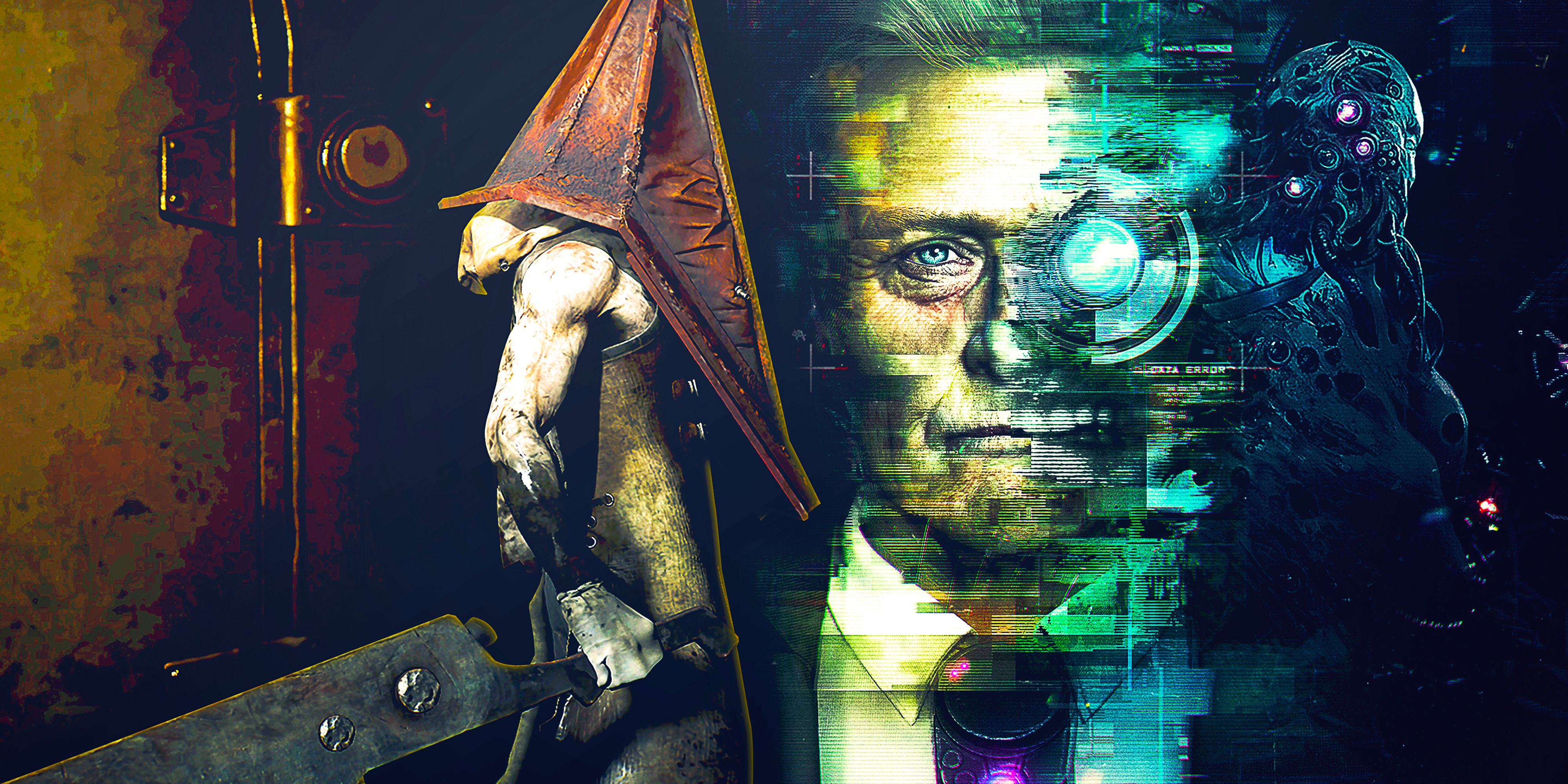
Next
Bloober Team Wasn’t All Bad Before Silent Hill 2
Observer is a cult classic, and deserves more recognition.
Source link


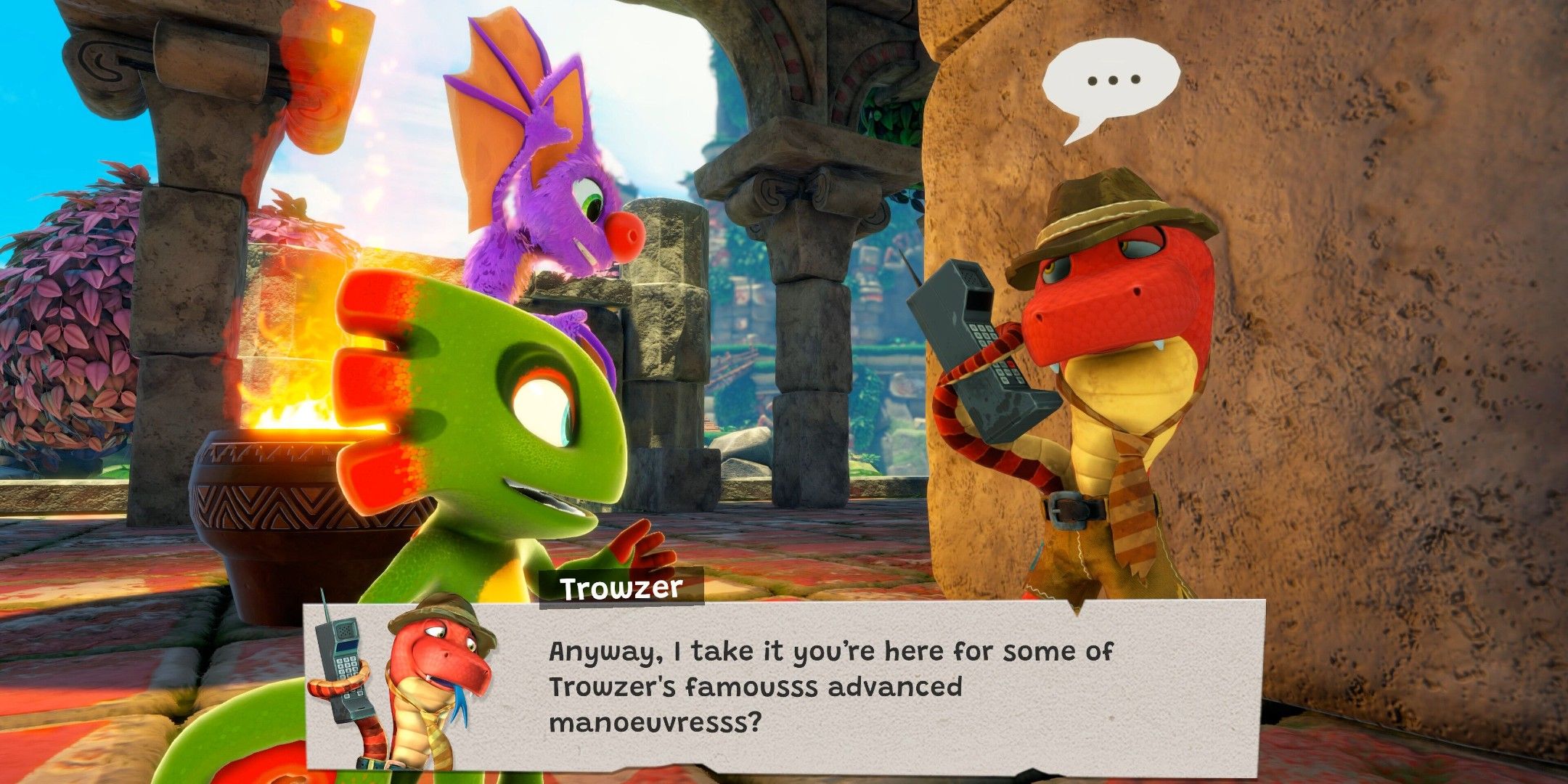

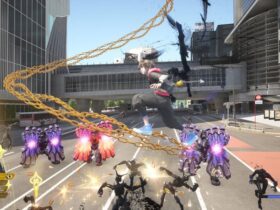



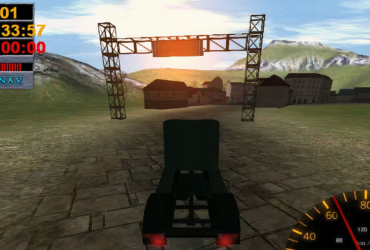
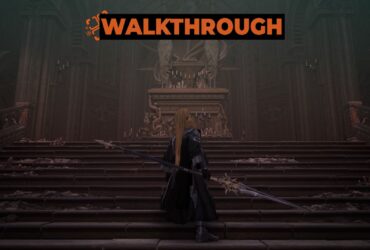
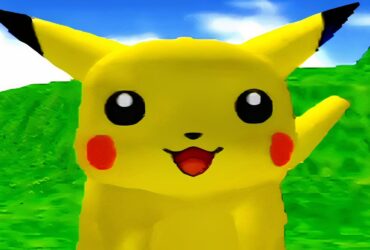
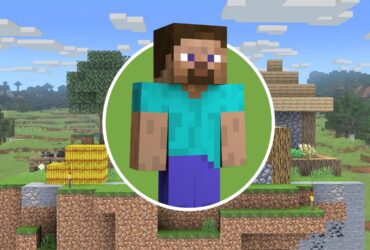
Leave a Reply